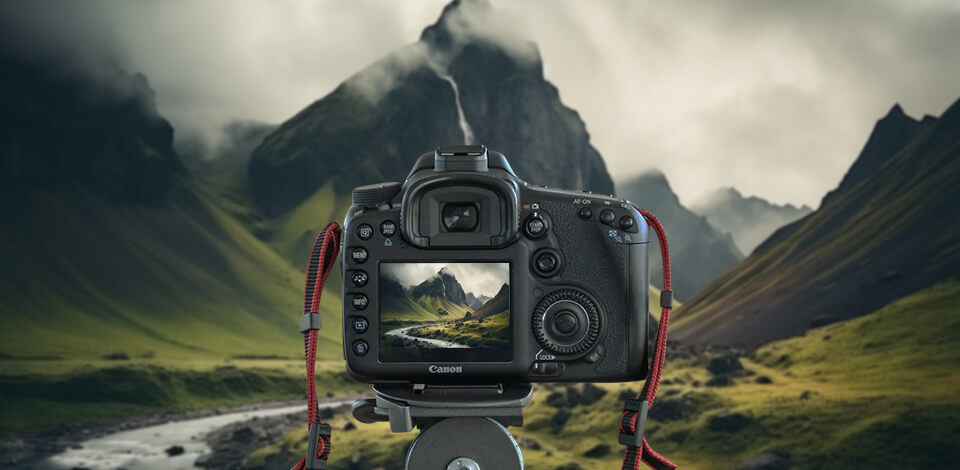
Investing in the best camera for landscape photography is crucial for capturing the beauty of nature. It ensures high-resolution image quality, weather resistance, a wide dynamic range, and the ability to use wide-angle lenses.
Photo quality. As a landscape photographer myself, I can tell you that having a high-resolution sensor is crucial. It allows you to capture stunning details and create images with exceptional clarity. But that's not all. You also need a camera with impressive low-light capabilities.
This is important because landscapes often involve shooting in challenging lighting conditions, such as during sunrise or sunset. Having a camera that can handle low light well ensures that you can capture all the subtle nuances and colors of the scene.
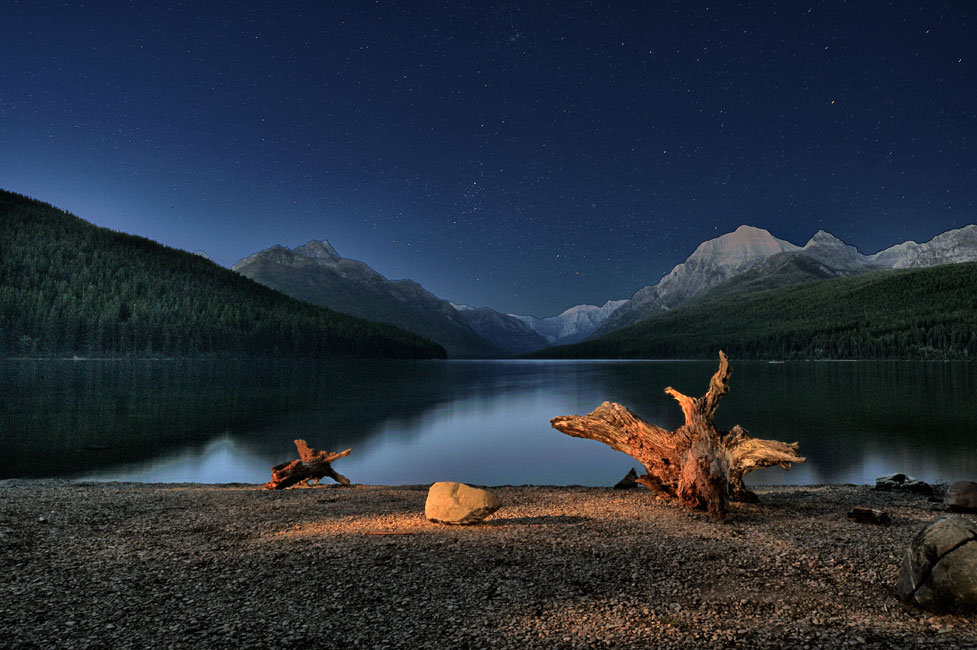
Wide dynamic range. Landscapes often present high contrast scenes, such as vibrant sunsets or mountains with deep valleys. A camera with a wide dynamic range enables us to capture these scenes with greater clarity and detail, even in low-light conditions.
Body of the camera. As a landscape photographer, you're going to be out in nature, facing all sorts of weather conditions. That's why it's essential to have a camera for outdoor photography with a sturdy body and weather sealing. This ensures that your camera can withstand the elements and continue performing at its best.
So, make sure you purchase a reliable camera rain cover as well as other accessories that can protect the mechanism of your gadget from moisture, dust, and other weather-caused issues.
Battery life. You won’t have the ability to recharge your camera out in the wild, which is why it’s important to get a model with good battery life. In any case, I also strongly believe that all photographers should always carry extra camera battery chargers.
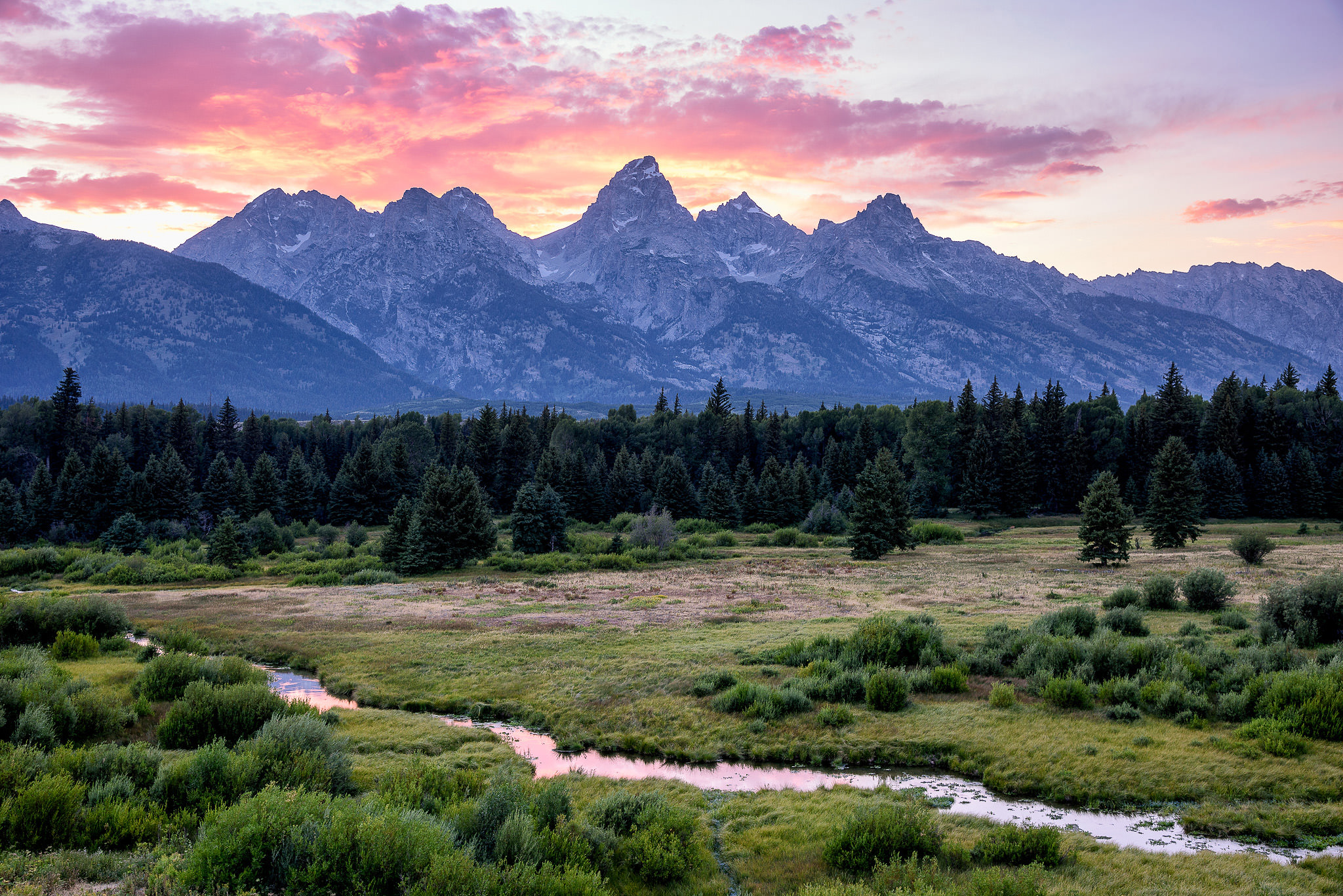
Type of lens. A wide-angle lens with a focal length of at least 24mm is essential. It provides a sense of depth and helps create the illusion of distance in our photos, enhancing the overall composition.
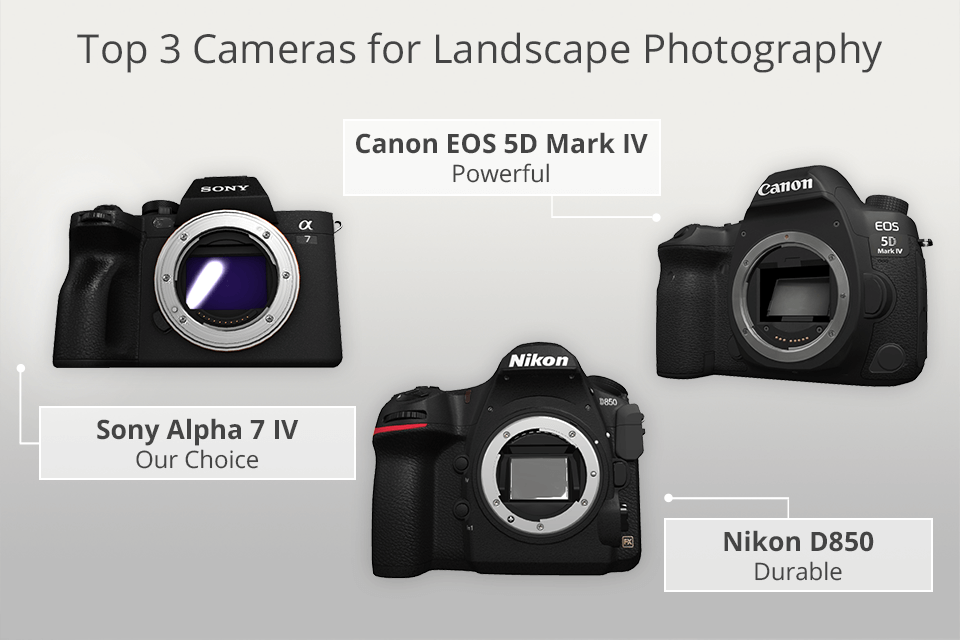
Weather-sealed

Type: Mirrorless | Megapixels: 30MP | Screen type: LCD | Weather-sealing: Yes
The Sony Alpha 7 IV boasts a 33MP full-frame Exmor R back-illuminated CMOS sensor. This means it delivers exceptional image quality with sharpness and detail, which is crucial for landscape photography. The high dynamic range and ample megapixels allow for capturing the fine nuances and textures of the scenery.
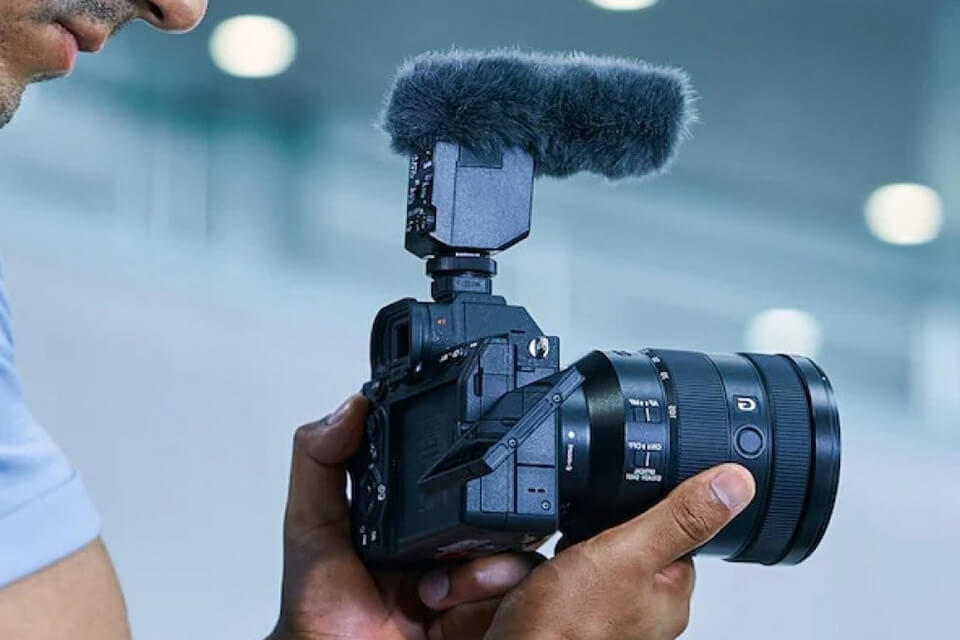
In terms of functionality, this landscape camera offers a wide range of features to enhance image quality. The noise reduction and color rendering capabilities are particularly useful for producing vibrant and true-to-life colors in your landscape shots.
Moreover, the camera's weather-sealed magnesium alloy body ensures durability and allows you to venture into different weather conditions without worry.
Powerful
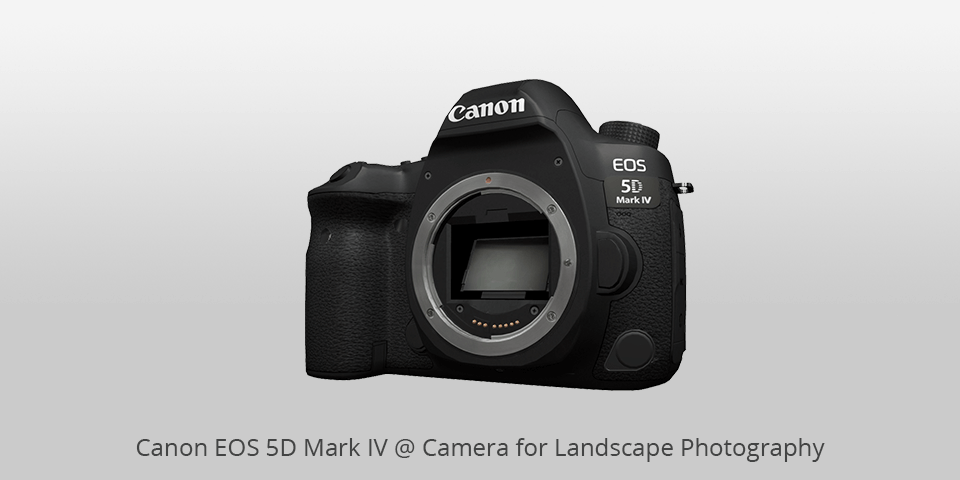
Type: DSLR | Megapixels: 30MP | Screen type: LCD | Weather-sealing: No
The Canon EOS 5D Mark IV is undoubtedly one of the best DSLR cameras for landscape photography. It ticks off all the boxes that are crucial for this genre. It boasts a high-resolution image sensor, excellent dynamic range, and a powerful autofocus system. Plus, it's compact and lightweight, making it a breeze to carry around during your outdoor adventures.
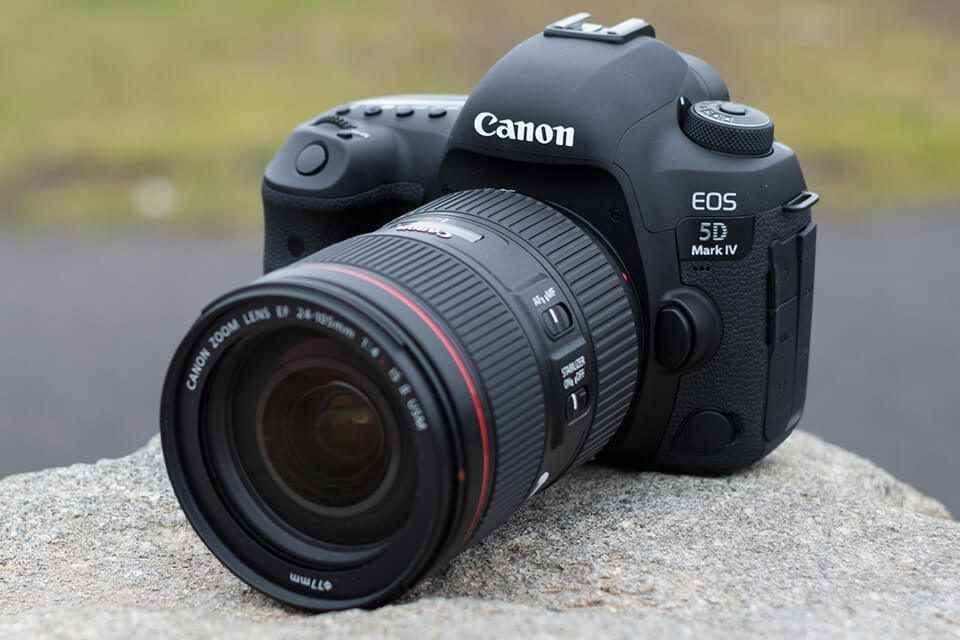
Now, let's talk about the camera's standout features. The EOS 5D Mark IV is equipped with a full-frame CMOS sensor, packing an impressive 30.4 megapixels. This means you'll get detailed and stunning images, even when printing them in larger formats.
The high resolution of this full frame camera also allows for flexible cropping options, which can come in handy for landscape photographers who need to fine-tune their compositions.
Durable
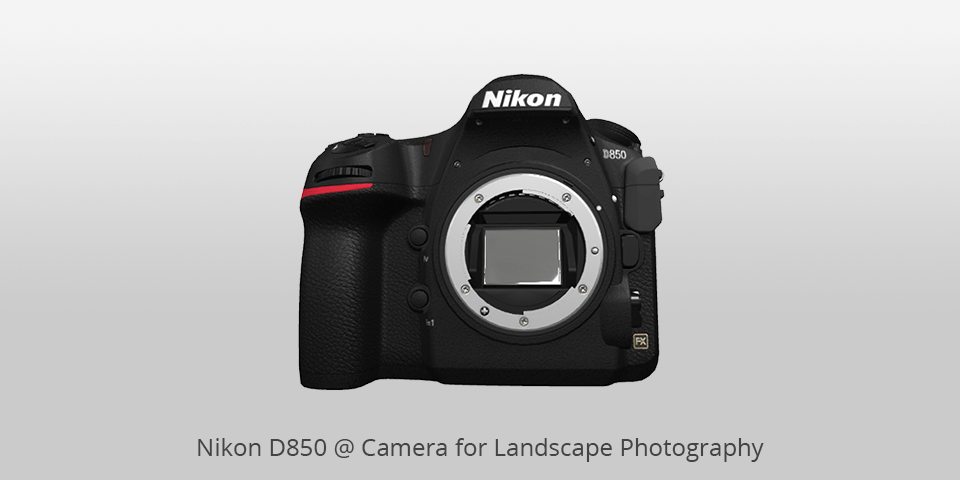
Type: DSLR | Megapixels: 45.7MP | Screen type: LCD | Weather-sealing: Yes
As a photographer, I have had the opportunity to use the Nikon D850 camera for landscape photography, and I must say it is a remarkable piece of equipment. The camera feels solid and well-crafted in my hands, with a familiar button layout that Nikon users will appreciate.
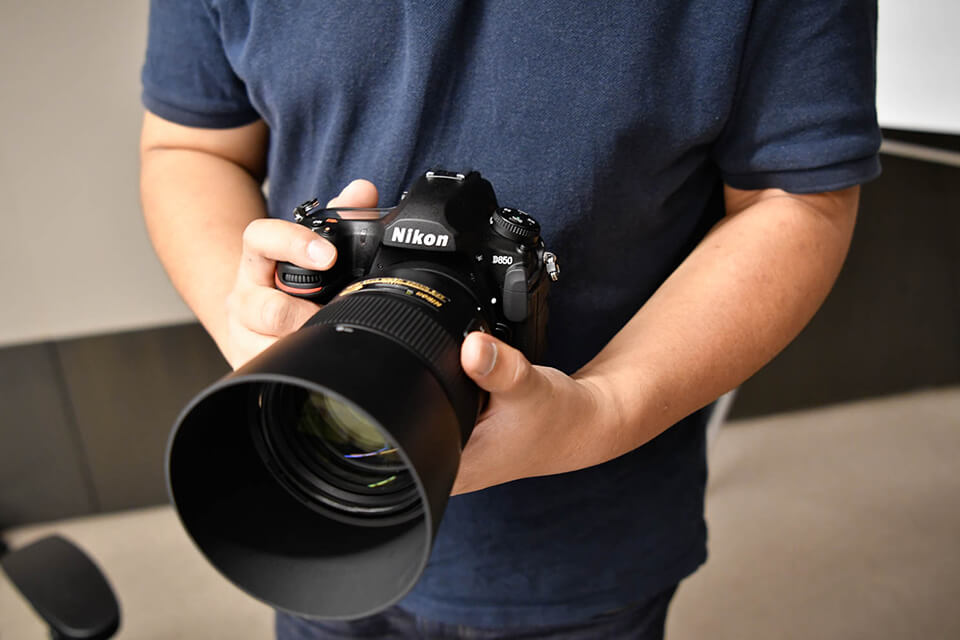
One of the standout features of the D850 is its impressive image quality. With its 45.7-megapixel sensor, it produces incredibly detailed photos that are perfect for large prints. The 14-bit raw files it produces are a dream to work with during post-processing.
In terms of performance, the D850 is a fast Nikon photography camera that can capture up to 6 frames per second at full resolution. This is great for capturing action shots or creating high-resolution time-lapse sequences. Additionally, the camera's ability to shoot at a wide range of apertures allows for a variety of focus options, adding depth to your landscape shots.
Compact
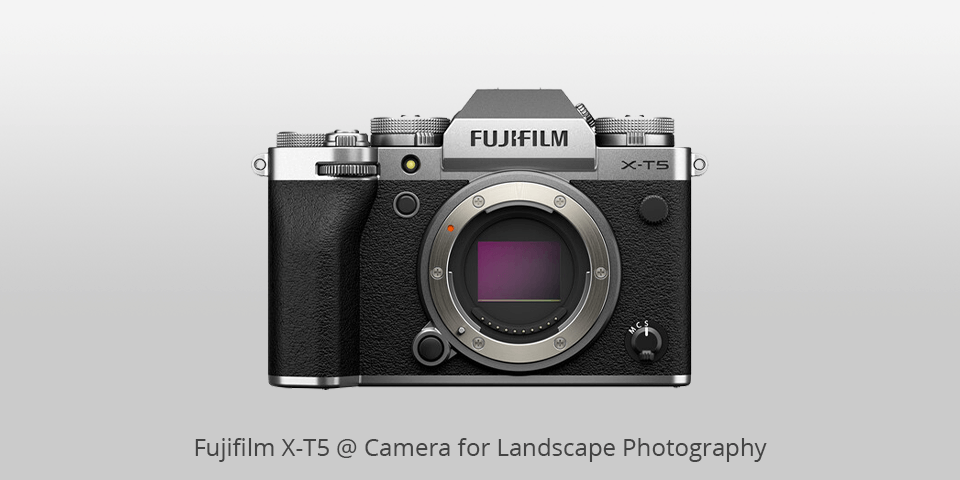
Type: Mirrorless | Megapixels: 40.2MP | Screen type: LCD | Weather-sealing: Yes
The X-T5 boasts a 40MP sensor that delivers high-resolution images, perfect for capturing the intricate details of landscapes. This Fujifilm camera also offers 19 film simulation modes, allowing you to mimic the look and feel of different films, adding a touch of nostalgia to your shots.
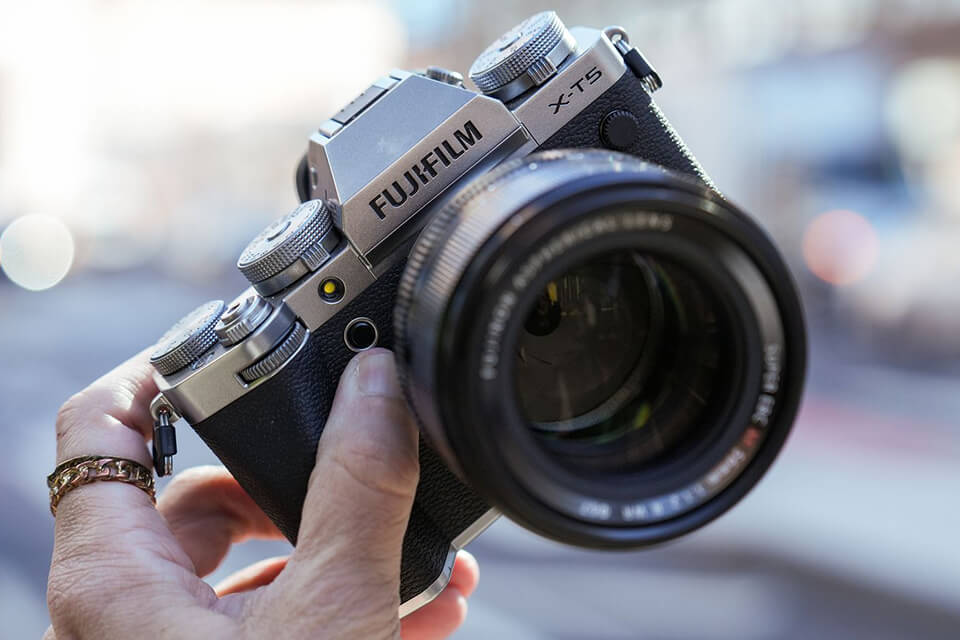
The autofocus system of the X-T5 camera for outdoor photography is fast and accurate, ensuring that your subjects are sharp and in focus. Additionally, the dedicated dials for ISO, shutter speed, and exposure compensation make it easy to adjust settings on the go, giving you full control over your photography style.
Another great advantage is its compact size, making it a convenient choice for photographers who want to upgrade their gear without lugging around bulky equipment. The camera is also weather-sealed, protecting it from dust and rain, making it suitable for outdoor photography.
Tilting touch screen
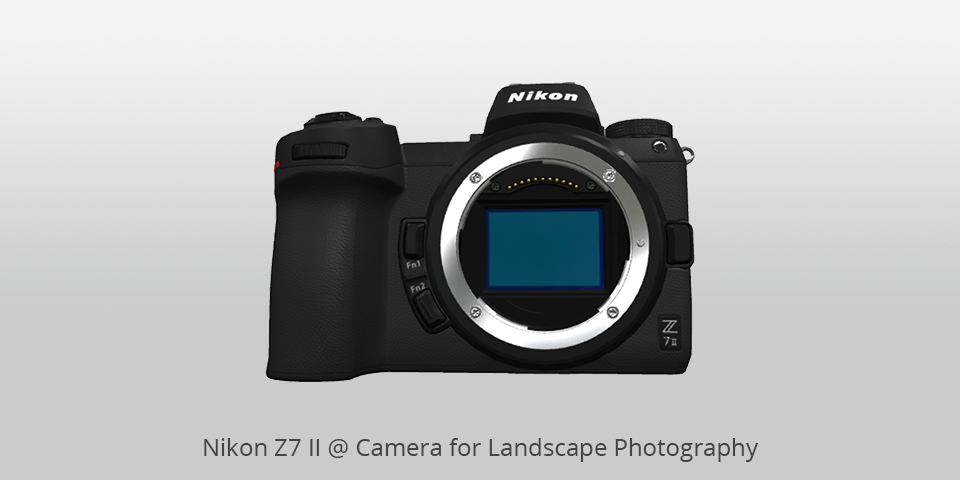
Type: Mirrorless | Megapixels: 45.7MP | Screen type: LCD | Weather-sealing: Yes
This mirrorless camera for travel boasts a high resolution and a low base ISO, which is perfect for capturing stunning landscapes. The sensor produces incredibly detailed images, and the base ISO of 64 helps to maximize the dynamic range, making it an excellent choice for shooting sunsets and midday scenes.
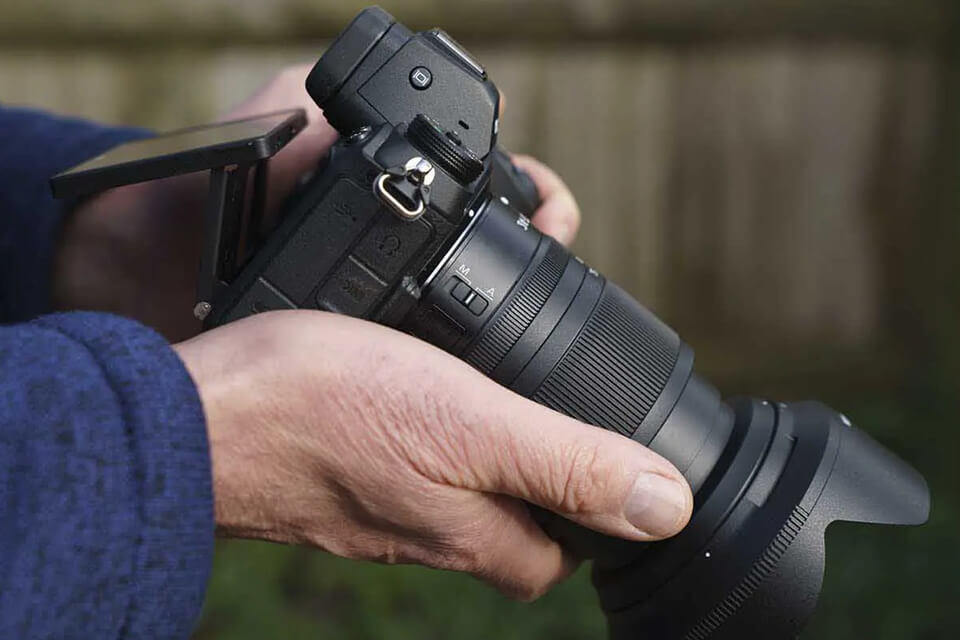
Unlike many landscape photography cameras, one feature of this model that stands out is the focus shift shooting. This allows you to take a series of photos at different focusing distances, creating a focus stack. This is crucial for achieving sharpness, especially at higher magnifications. It's a great tool for landscape photographers looking to capture every intricate detail.
The Z7 II also offers in-camera time-lapse shooting, which is fantastic if you want to create captivating time-lapse videos from your landscape shots. The tilting touch screen is a handy feature for composing shots in challenging locations, like mountaintops. It makes it easier to frame your shots without straining your neck.
Incredible maximum depth of focus
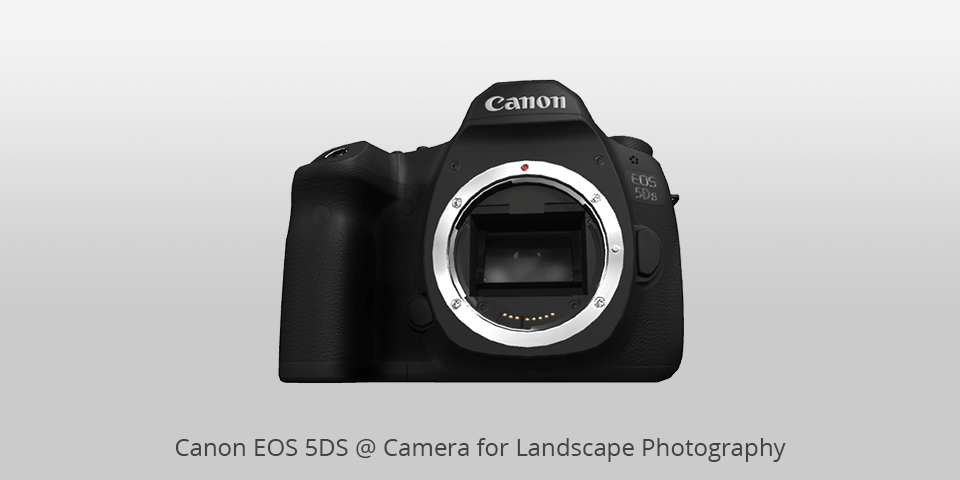
Type: DSLR | Megapixels: 50.6MP | Screen type: LCD | Weather-sealing: Yes
The 5DS landscape camera has a high-resolution sensor, which is perfect for capturing all the intricate details of beautiful natural scenes. It allows you to print large images without losing any detail and gives you the option to crop your photos for different compositions. The camera is also compatible with a wide variety of Canon lenses, giving you the flexibility to customize your equipment based on your specific needs.
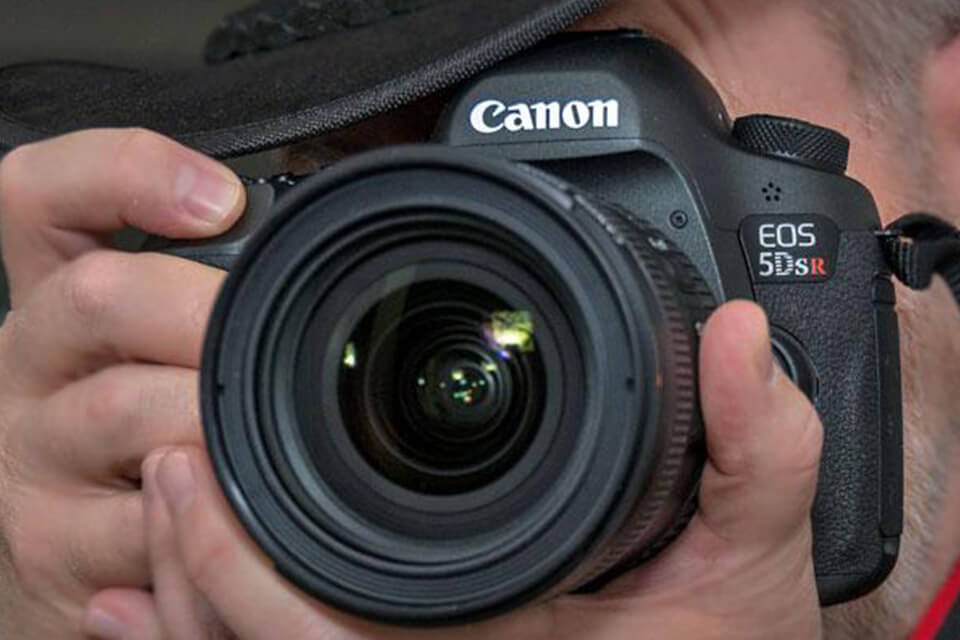
Another great feature is the superior focus performance. The 5DS requires exceptional technique and lens quality to make the most out of its high resolution. It has an advanced autofocus system that provides outstanding accuracy, even in low light conditions. This helps in achieving sharp focus on your subjects, which is crucial in landscape photography.
The maximum depth of focus on the 5DS is also impressive. It can capture images with great detail from the edge of a moving object, thanks to its advanced vertical line pixel recognition system. This is particularly useful when shooting landscapes, where achieving sharp focus on the subject can be challenging.
Excellent image quality
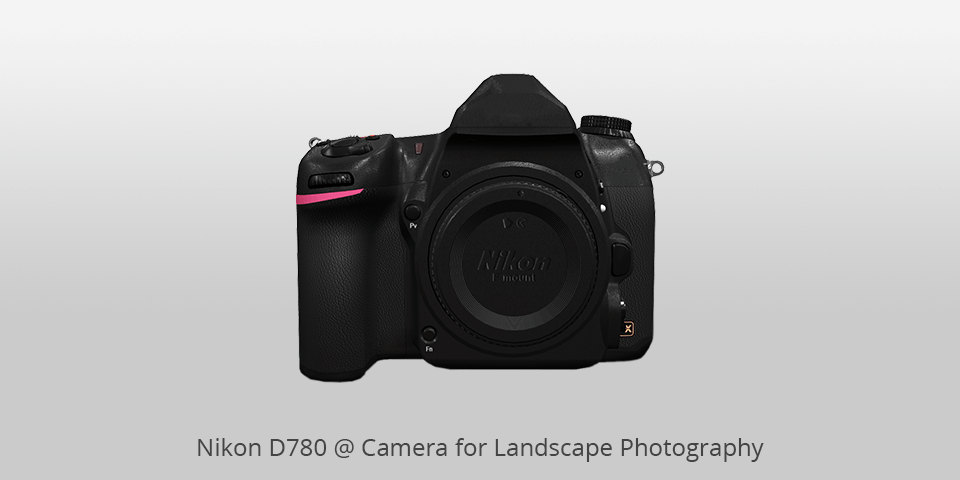
Type: DSLR | Megapixels: 24.5MP | Screen type: LCD | Weather-sealing: Yes
The D780 is a solid DSLR camera that comes with some impressive enhancements compared to its predecessor, the D750. It boasts thorough weather-sealing, making it a durable companion for outdoor adventures. Plus, its battery life is excellent, so you won't have to worry about running out of juice in the middle of a shoot.
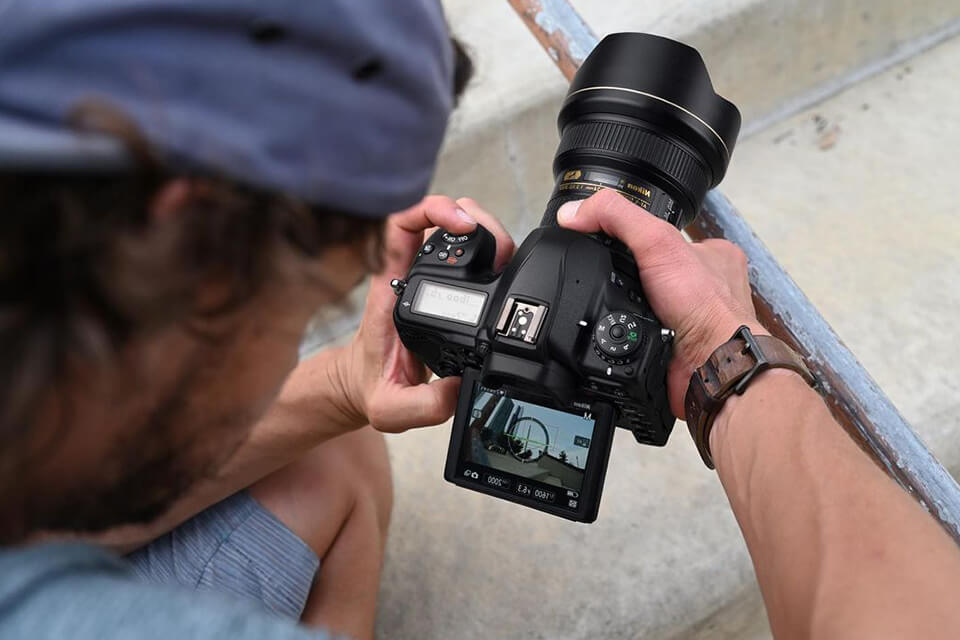
When it comes to image quality, this camera for landscape photography doesn't disappoint. It features a 24.5-megapixel CMOS sensor that delivers stunning results. The dynamic range is outstanding, and it handles high ISOs with excellent noise control. The colors are vibrant, and the level of detail is remarkable. This camera truly excels in capturing the beauty of landscapes.
I also appreciate the compact and lightweight design of the D780, making it perfect for travel photography. You won't have to lug around a heavy piece of equipment while exploring breathtaking landscapes.
Long battery life
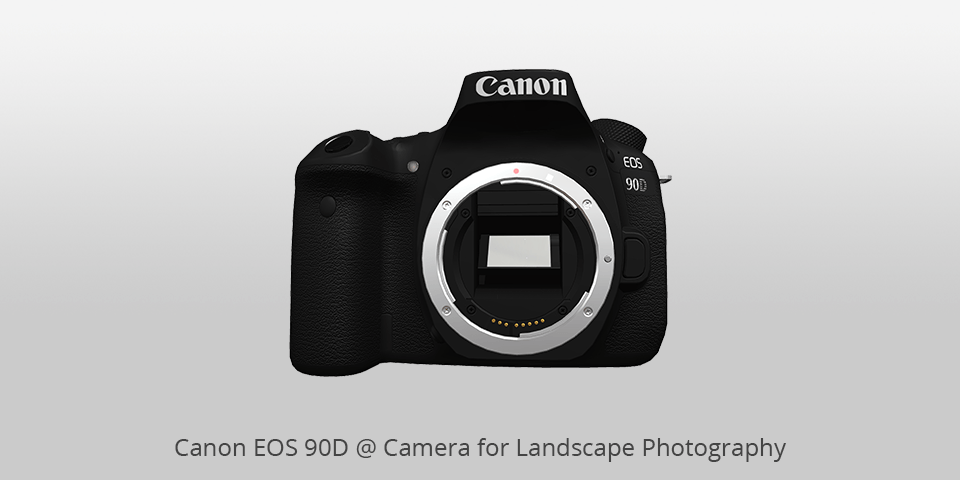
Type: DSLR | Megapixels: 32.5MP | Screen type: LCD | Weather-sealing: No
Unlike many entry-level DSLR cameras, one of the standout features of the Canon EOS 90D is its impressive image quality. With a powerful 32.5-megapixel APS-C sensor and DIGIC 8 processor, this camera for outdoor photography delivers stunning images with a wide range of tones and details.
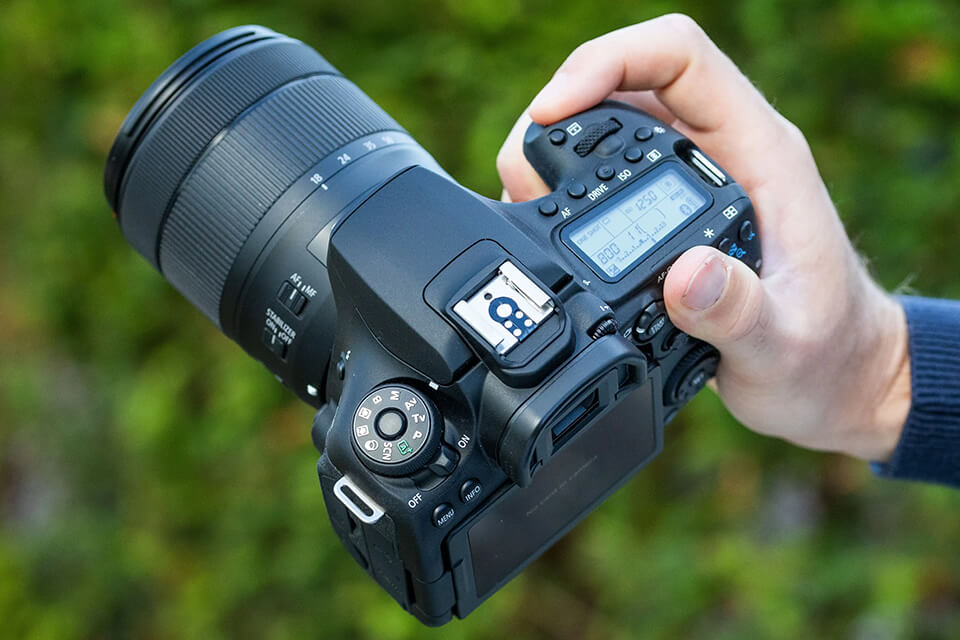
The resolution is excellent, allowing for cropping without sacrificing the level of detail. This is especially useful when I want to experiment with composition and framing.
The camera's ISO range is also worth mentioning. With a native range of 100 to 25600 for stills (expandable to 51200 for movies), the EOS 90D performs admirably in low-light conditions. This is particularly useful for landscape photography, as it allows me to capture the beauty of a scene even in challenging lighting situations.
Comfortable grip
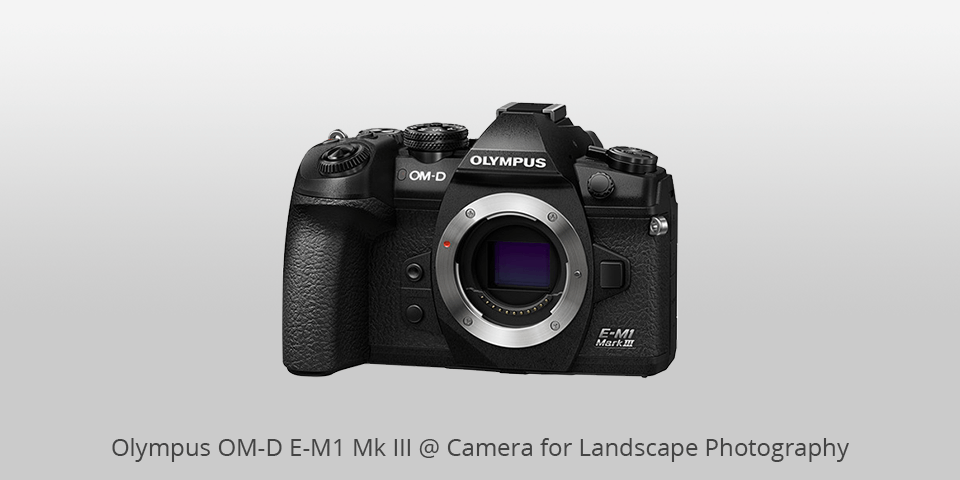
Type: Mirrorless | Megapixels: 20.4MP | Screen type: LCD | Weather-sealing: Yes
First off, this camera for landscape photography is a solid option for landscape photographers. It's got a comfortable grip, excellent weather-sealing, and it's compact enough to carry on those long hikes to capture stunning landscapes. Plus, it offers a fantastic selection of accessories and lenses for landscape photography, giving you plenty of creative options.
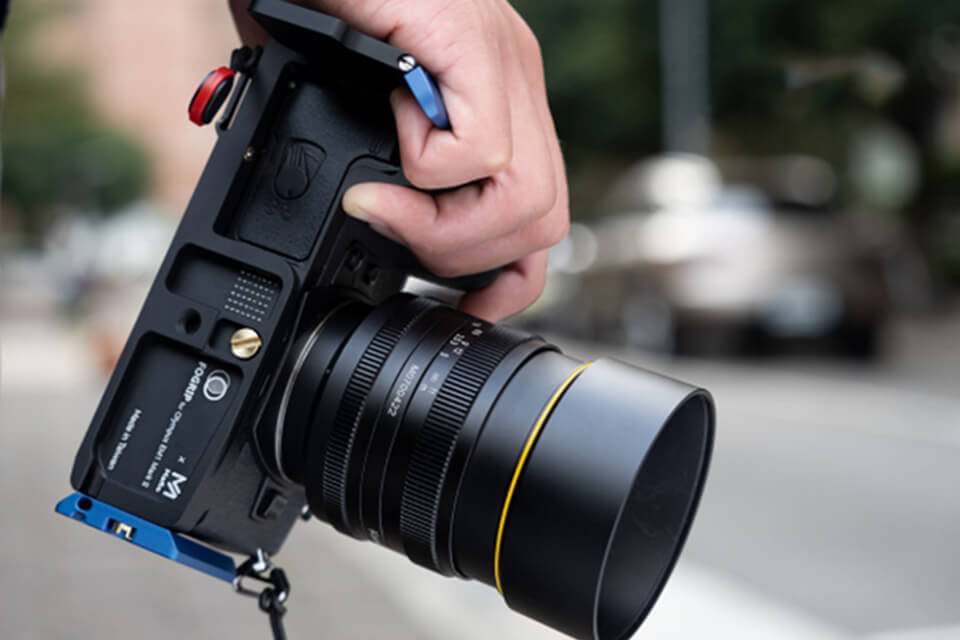
One standout feature of the Mark III is its TruePic IX processor, which brings a significant improvement in core performance. This means better autofocus and ISO capabilities, making it easier to nail those perfect landscape shots.
And let's not forget about the 80MP handheld multi-shot High Resolution mode, inherited from the E-M1X. It allows you to capture incredibly detailed images without the need for a tripod.
Subject tracking feature
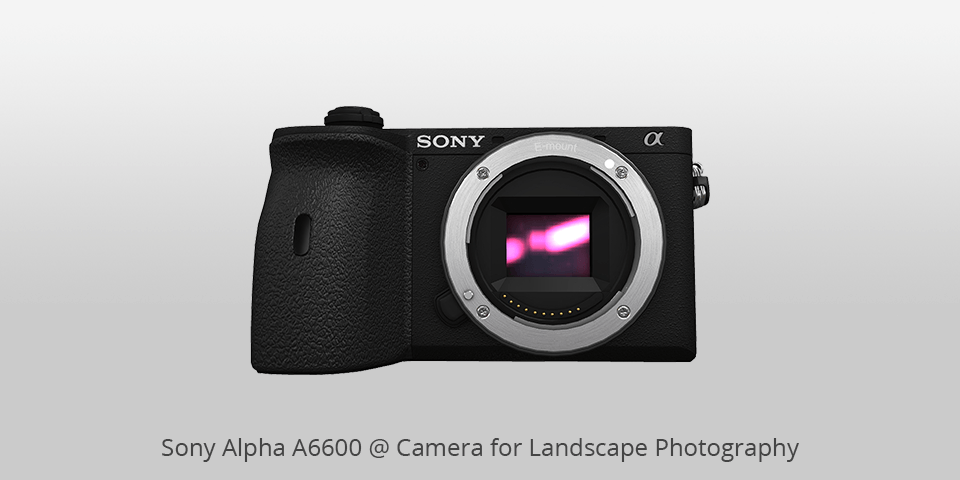
Type: Mirrorless | Megapixels: 24.2MP | Screen type: LCD | Weather-sealing: Yes
Firstly, the A6600 has an APS-C sensor, which means it delivers high-quality images with excellent dynamic range and plenty of detail, even in challenging lighting situations. This is great for capturing those beautiful landscapes.
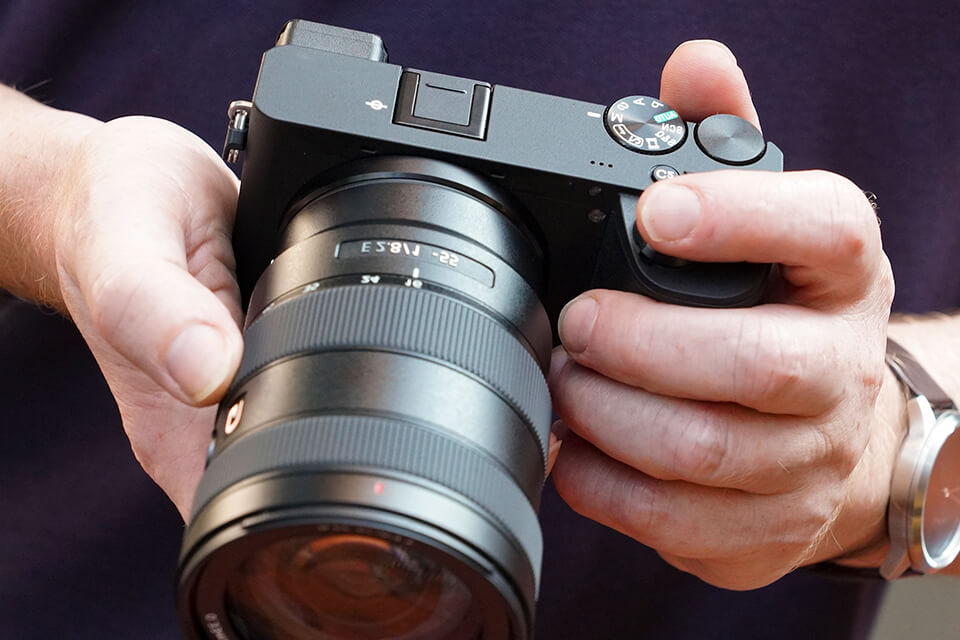
This Sony camera is also very responsive, especially in autofocus mode, and it has a large buffer for shooting in bursts. So, if you want to capture fast-moving subjects or take multiple shots in quick succession, this camera can handle it.
In terms of portability, the A6600 landscape camera is relatively compact and lightweight, making it easy to carry around for long periods of time. It also has a good battery life, so you don't have to worry about running out of power during your outdoor adventures.
Superior image sharpness
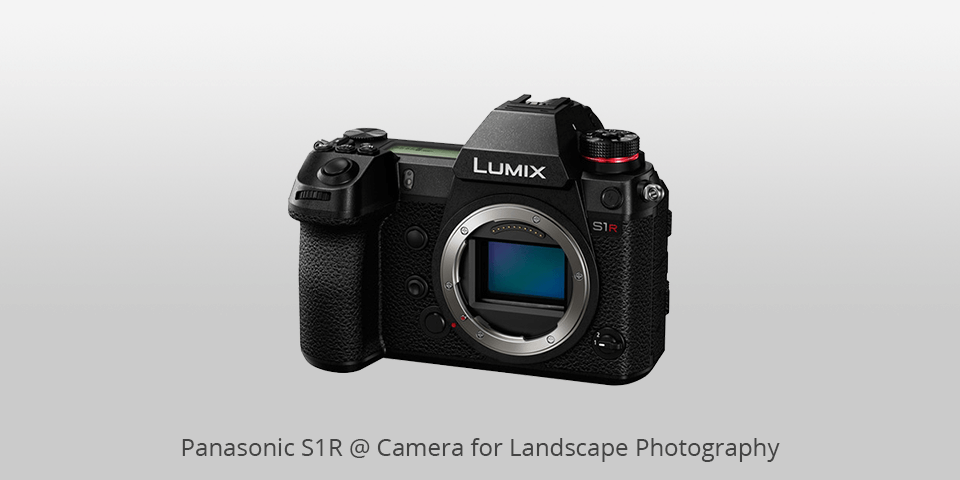
Type: Mirrorless | Megapixels: 47.3MP | Screen type: LCD | Weather-sealing: Yes
The standout feature of this camera for landscape photography is definitely the 47MP sensor, which provides an incredible amount of detail, especially when paired with wide-angle lenses. This allows for some creative cropping in post-processing, resulting in more dramatic and unique compositions. For instance, you can leverage the capabilities of the best panorama stitching software and create mind-blowing photo compositions.
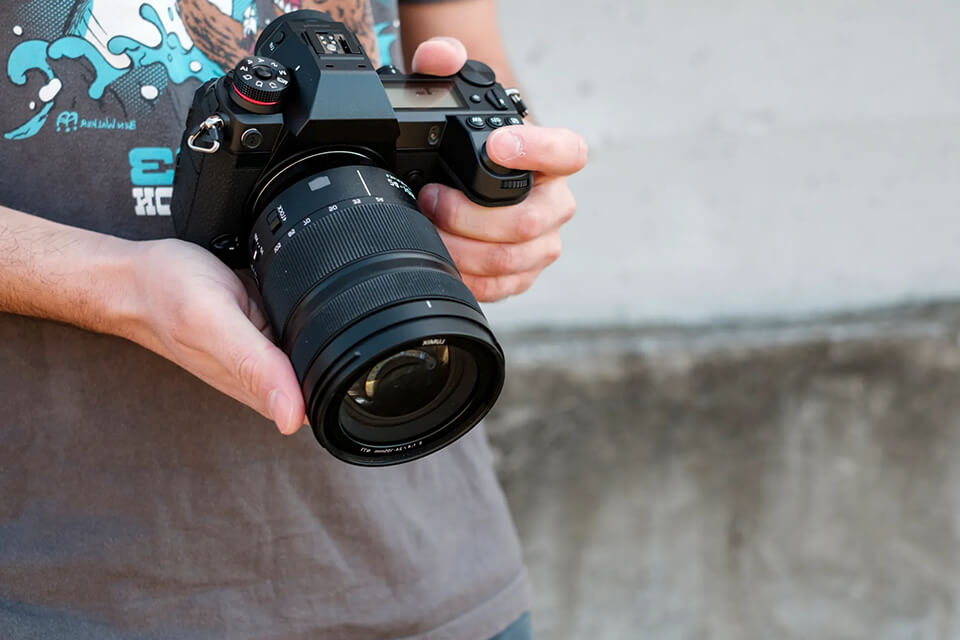
Another advantage is the absence of an optical low pass filter and an on-sensor phase-detection autofocus array. While these may be useful for other genres, they are not necessary for landscape photos and can actually impact image quality negatively. Without these filters, the S1R produces sharper images and boasts a faster and more accurate autofocus system, both for stills and videos.
There are also some handy features that make shooting with this Panasonic camera a breeze. For example, you can easily select and enlarge a specific area of the frame just by touching the screen. The AF system can be manually selected from a list, which is much more convenient than having to choose from a grid in the viewfinder.
Exceptional color tones
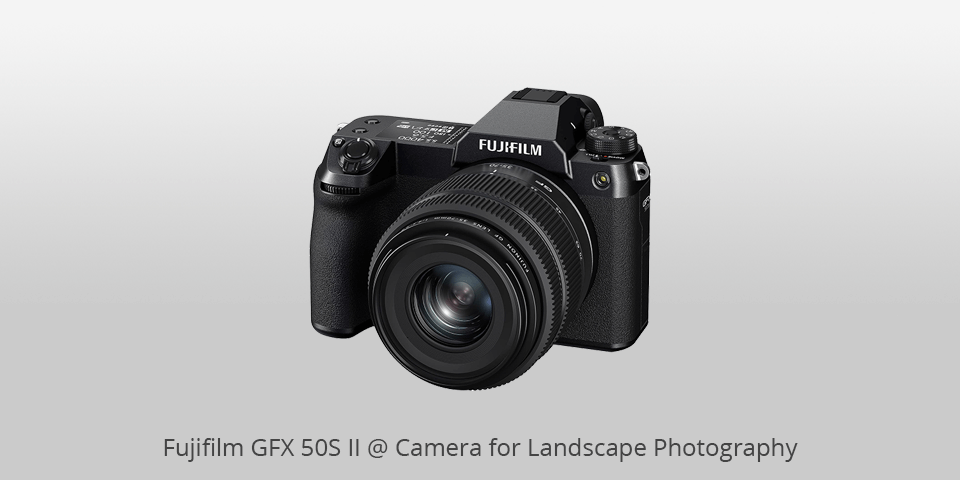
Type: Mirrorless | Megapixels: 51.4MP | Screen type: LCD | Weather-sealing: Yes
The image quality from the GFX 50S II landscape camera is top-notch. The big photosites, huge dynamic range, and shallow depth of field really make your landscape images pop. And let's not forget about the exceptional color tones and 14-bit color depth in the raw files.
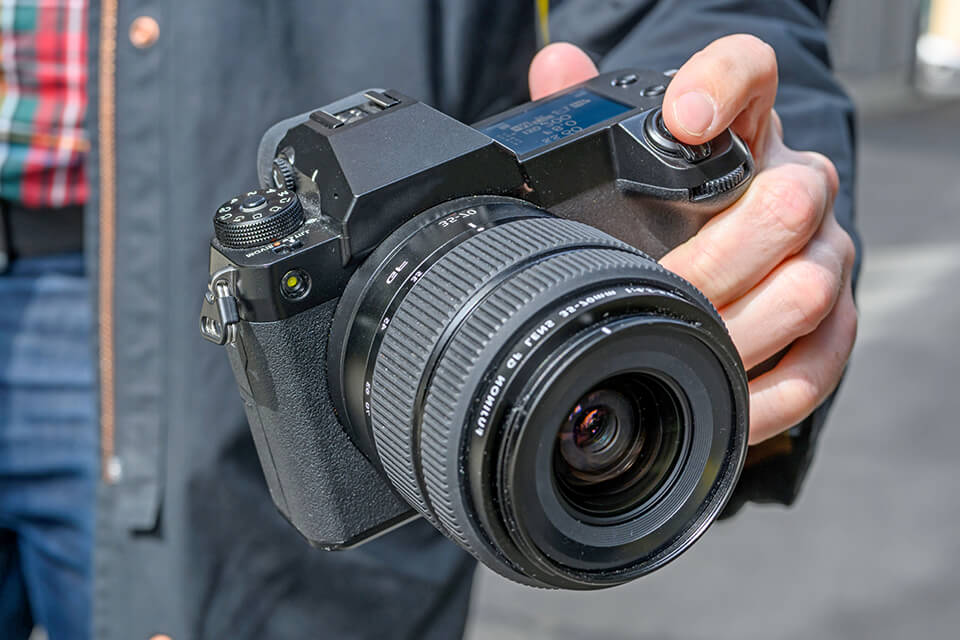
Even at high ISOs, this camera handles noise well without sacrificing detail in the shadows or messing up the highlights.
One notable improvement in this waterproof camera is the new X-Processor 4 chip, which allows for handling larger image file sizes with ease. The autofocus system has also been upgraded, especially in Face Detection mode, offering better accuracy.
Although it still takes a bit of time to lock onto a subject in low light, it's still faster than many full-frame competitors.
| IMAGE | NAME | FEATURES | |
|---|---|---|---|

|
Sony Alpha 7 IV
OUR CHOICE
|
CHECK PRICE → | |

|
Canon EOS 5D Mark IV
POWERFUL
|
CHECK PRICE → | |

|
Nikon D850
DURABLE
|
CHECK PRICE → |